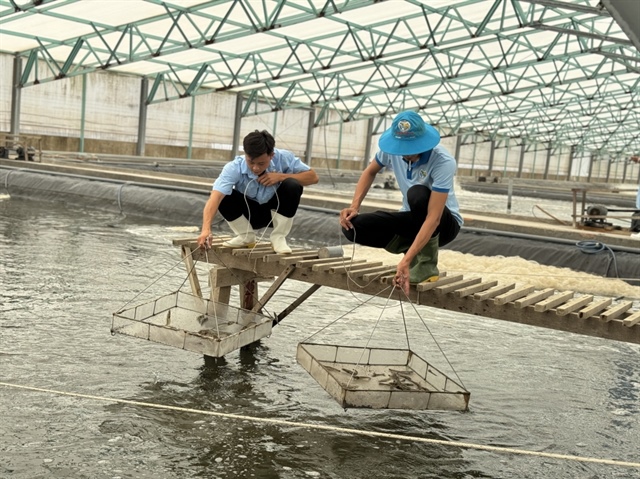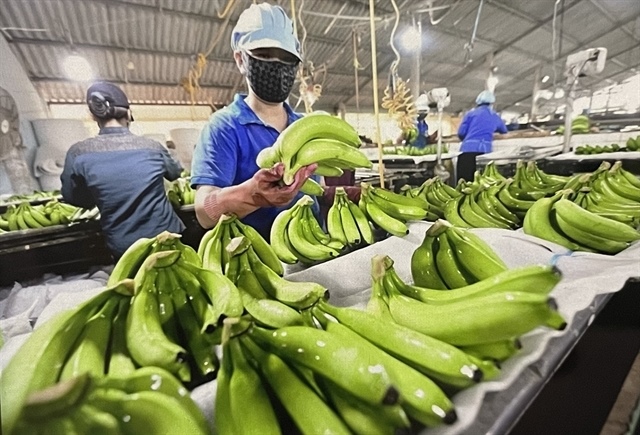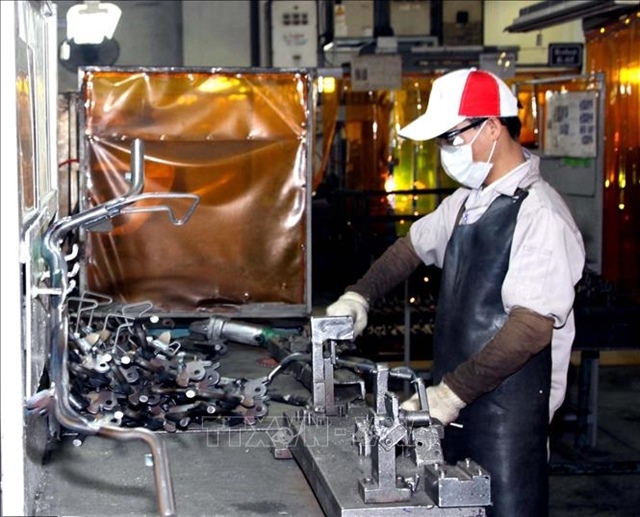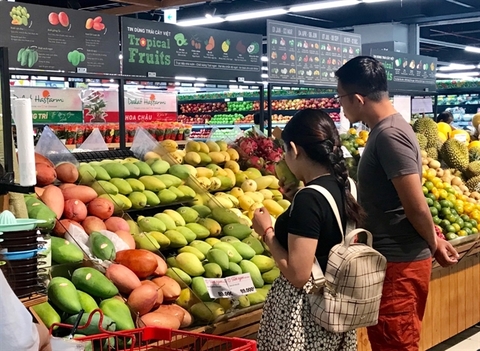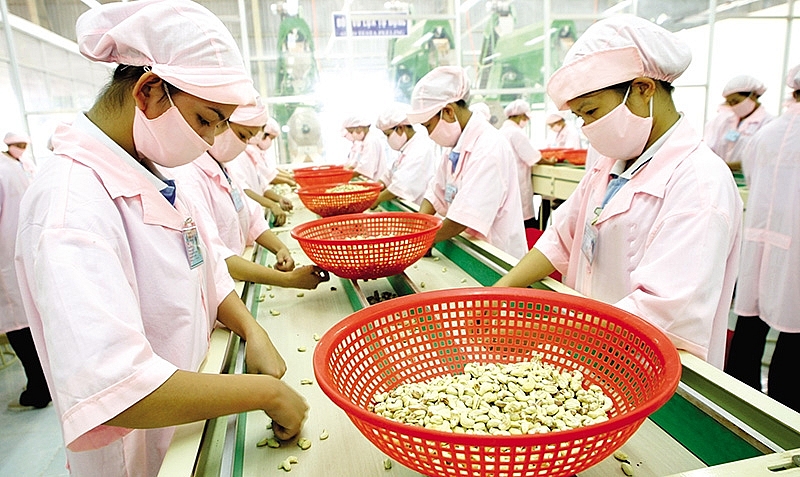Outsourcing farming model contributes to change livestock appearance
Outsourcing farming model contributes to change livestock appearance
Developing large-scale outsourcing farms is ideal to promote the sustainable development of the livestock sector because it ensures safe and stable supply in the context of the African swine fever while creating stable benefits for both farmers and livestock companies.Vietnam’s pig breeding industry has been under increasing pressure due to the disease. Notably, the tide of African swine fever (ASF) sweeping across Vietnam is showing no signs of abating, killing almost all pigs of small-scale farming households and decimating the herds of breeding companies. The virus destabilised supply in the entire market, leading to near-constant price hikes and speculative hoarding of pork products.
The development of large-scale pig farms to act as outsourcing units for breeding companies has been urged for years now but managed to get no traction among farmers, especially in mountainous areas. The advantages of this model have come to the fore after small-scale farms proved far less resilient to the ASF.
Double benefits
As of now, ASF is present in 63 cities and provinces of Vietnam and shows no signs of retreating. The virus is fatal for pigs and wild boars and can be transmitted in a number of ways, including direct contact and contamination of food waste and feed.
Nguyen Kim Doan, vice chairman of the Animal Production Association in Dong Nai province, the crisis of the price of pork as well as hoarding present an opportunity to restructure the pig breeding industry and increase co-operation between farmers and livestock companies to develop large-scale farms.
Almost all livestock farming companies, including C.P. Vietnam and Japfa Comfeed Vietnam, are stepping up the deployment of the industrial pig farming model and they encourage households to join. This model would dual benefits for farmers and the country’s livestock industry.
Accordingly, the farmers only have to invest in building out a farming system and livestock farming companies will supply seed, feed, medicine, and the closed processing loop. This would enable farms to approach modern farming techniques and technologies. The model would also include a technician dispatched on the farms to prevent and control the spread of diseases. The other advantage of this model is to limit the risk of the disease outbreaks upon the re-population of the herds.
Do Hoang Long, development and sales manager of Japfa Comfeed Vietnam Ltd., said, “This model is safe because when livestock farming companies, especially Japfa, select partners, they issue strict requirements about biological safety and have strict supervision policies. Thus, these farms will be much more resilient to disease outbreaks than household farms.”
“This model offers massive benefits for farmers. For example, at Japfa, along with the wage for herding pigs, farmers will receive a bonus based on their feed conversion ratio (FCR). Besides, it will minimise risks and damage for farmers because they are ensured a stable income even during disease outbreaks and price fluctuations in the market,” Long said.
Contributing to sustainability
As of now, livestock companies are the main supply for the pork market because supply from small-scale farms has all but dried up. Besides, re-population efforts are facing difficulties while the ASF is at large.
The role of livestock companies in creating a stable supply was highlighted when the authorities had to call on these companies to join hands with the government to stabilise the price of pork, especially for the occasion of Lunar New Year when demand usually spikes.
Another advantage of outsourcing farms is that the model limits the amount of untreated wastewater into the environment. Notably, pig breeding households do not usually install wastewater treatment facilities and only collect manure while discharging untreated wastewater into the environment. Besides, in general, these small-scale farms are located quite near residential areas which increases damage.
Meanwhile, at outsourcing farms, livestock companies pay attention to the quality of wastewater treatment system and they require partners that the expenditure for building the wastewater treatment system make up 10 per cent of the total cost of developing the farm.
Long from Japfa Comfeed said that the wastewater generated at each farm goes through a three-step filtration and treatment process, from collecting and regulating tanks, aerobic biological tanks, and sedimentation tanks, before being discharged into the environment.
In order to ensure the objectivity of the environmental impact assessment reports of its outsourcing farms, the company asks farms to also send wastewater samples to an independent unit for testing every quarter, and the results are sent to the ward and district authorities. This way, authorities can monitor and control the amount of wastewater discharged into the environment, something they cannot do at household-scale pig farms.
The company affirms that 100 per cent of the wastewater produced by its outsourcing farms will have to be carefully treated so that chemical and waste levels are low enough to be safely discharged into the local sewage system.
Besides, restructuring the pig breeding industry in the direction of the outsourcing model will improve the government, ministries, and local authorities’ oversight of the overall pork market and help them prepare both short-term and long-term development strategies for the country’s livestock industry.
With both economic and environmental advantages, the outsourcing model stands to make powerful contributions to the sustainable development of the livestock sector.


